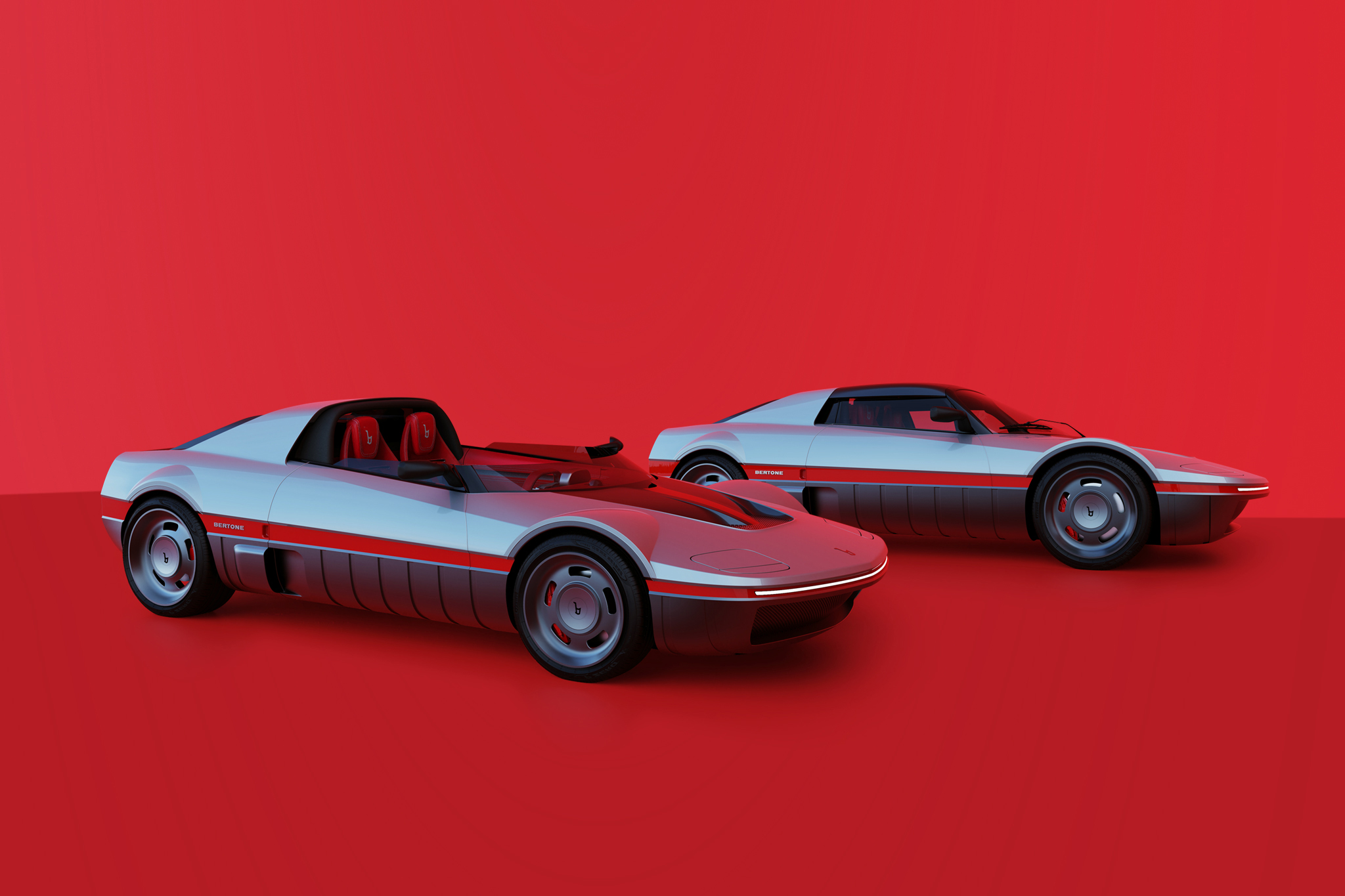Spectre R42
What would a modern interpretation of the Ford GT40 look like? This was the question facing British engineer Ray Christopher at the end of the 1980s. At that time, Ford had no plans for a new edition. The GT wasn’t available until 2005, and the current model with a turbocharged engine didn’t debut before 2017. Since a direct collaboration with the Ford Group didn’t seem possible, he only took the racing car as an indirect model. He knew the exact design very well, as he produced faithful replicas with his company GT Development. His new project was given the same wheelbase and a similar chassis construction. However, aluminium honeycomb components were used for the monocoque, while steel was used for the subframes and the integrated rollbar. Ray Christopher wanted to compete at Le Mans with this new sports car, which is why some road cars had to be built for homologation in the GT class.
42 inches high
The Ford GT40 got its model name from the GT category and its target height of 40 inches (101.6 centimeters). Ford narrowly failed to achieve this figure, but the name remained. Ray Christopher took the first letter of his first name and the height of his first prototype for the R42 designation. In the design, he incorporated elements of various other sports cars. Thus, car fans see details of the Ferrari Testarossa and 288 GTO, the Jaguar XJR-15 or even the Lamborghini Countach in the R42. At the end of 1992, work began on a wind tunnel model and a first road-ready prototype. He presented the R42 to the public at the London Motor Show in October 1993, but the high development costs had eaten up all financial reserves of GT Development. The company went bankrupt and in March 1995 sold the production plans for the R42 to Spectre Motors Inc. of the USA.
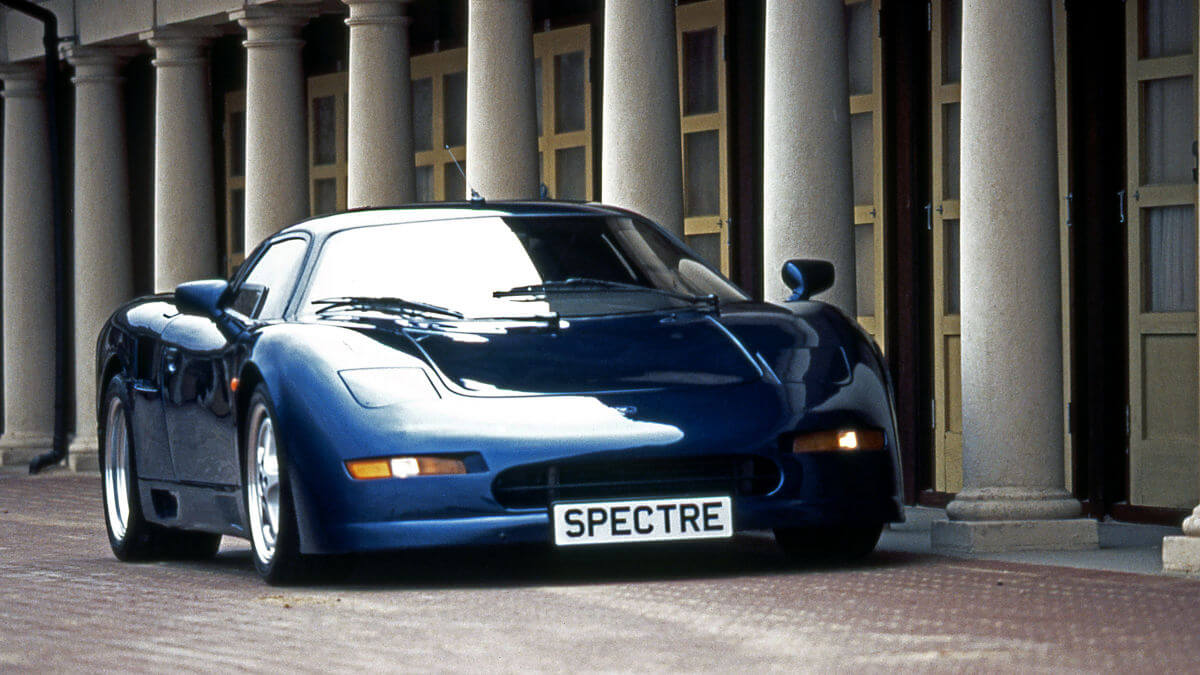

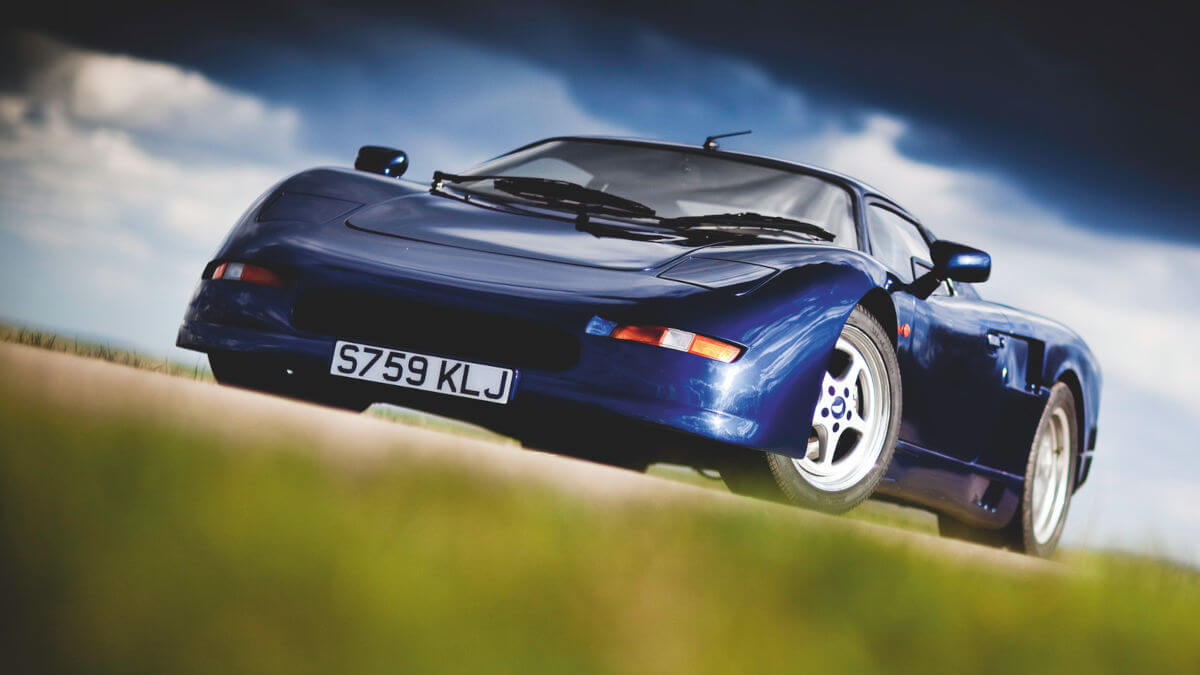



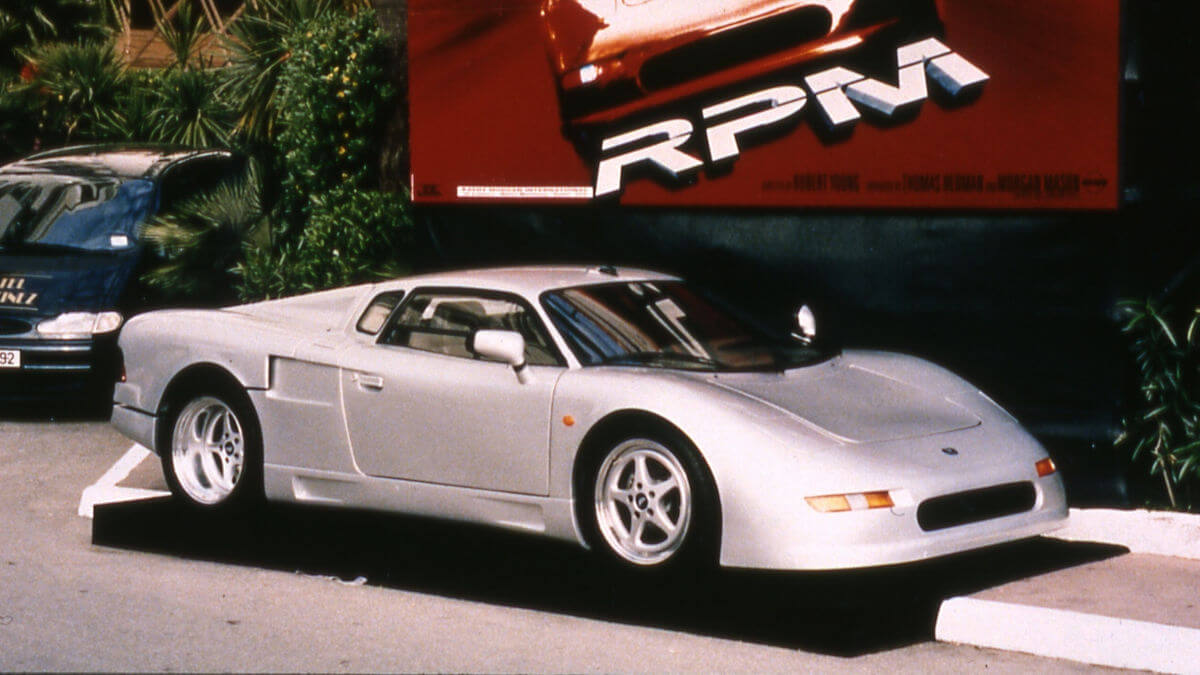

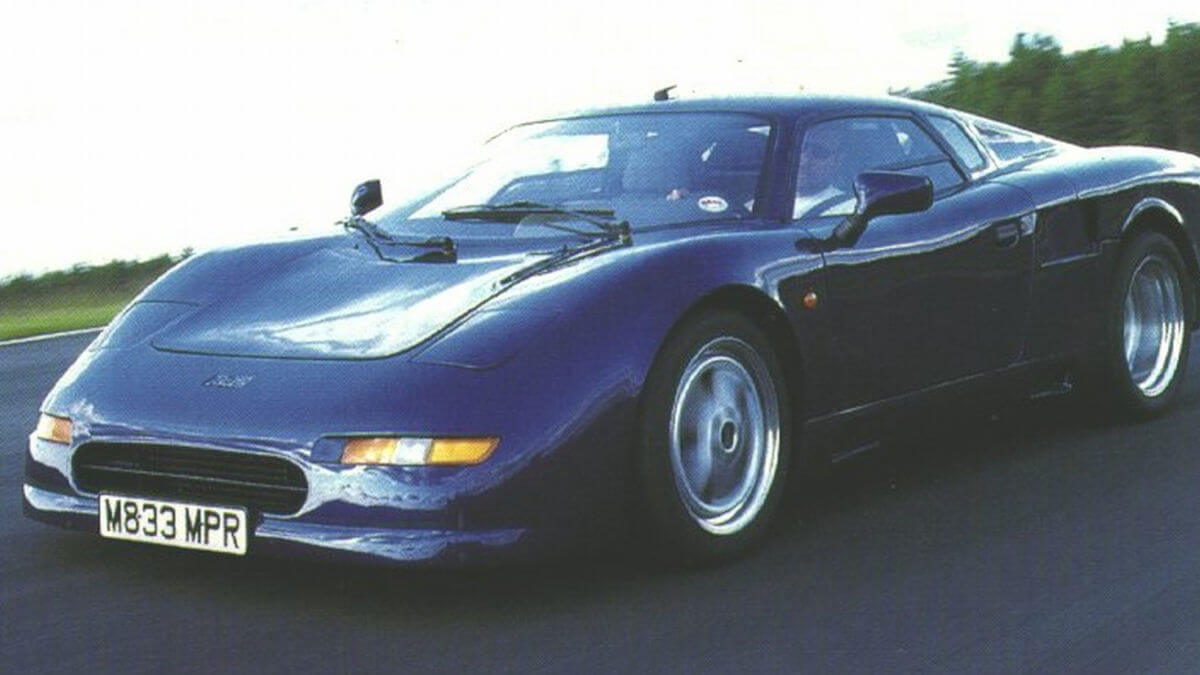

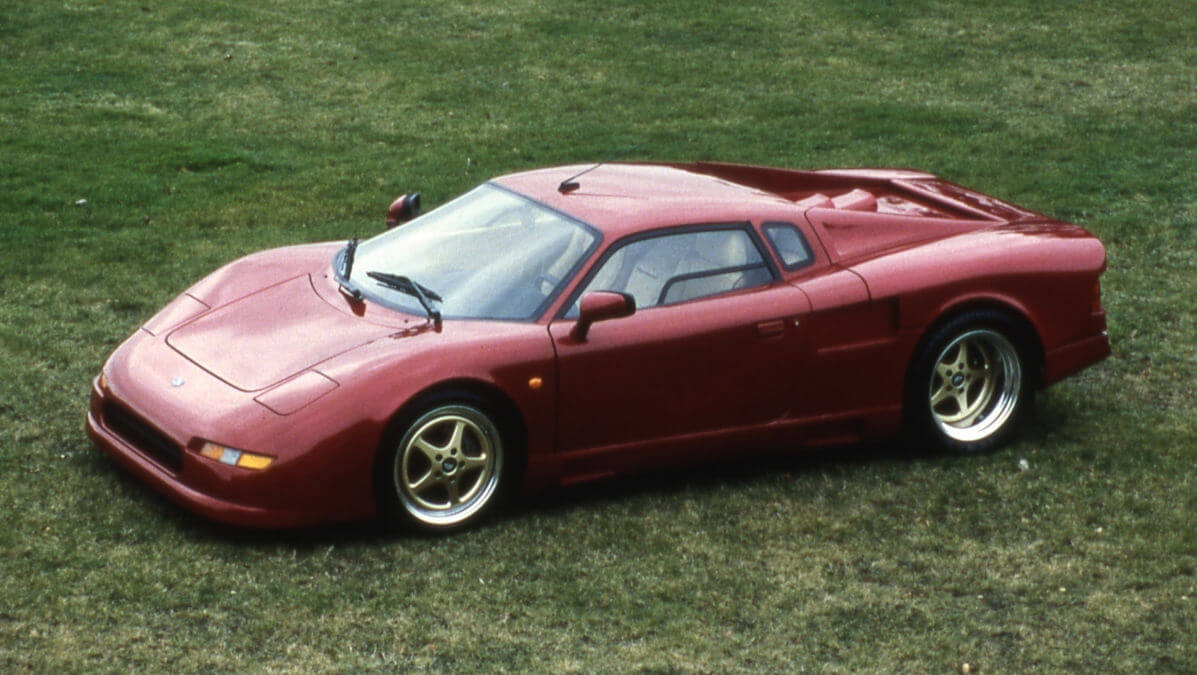

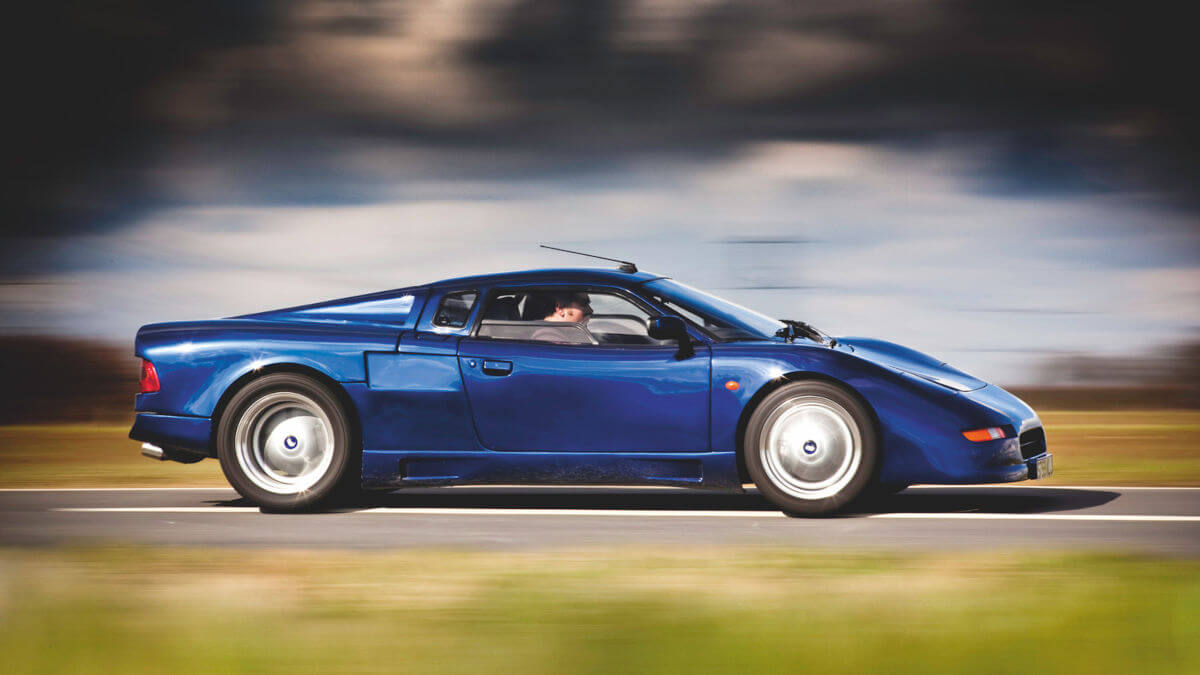

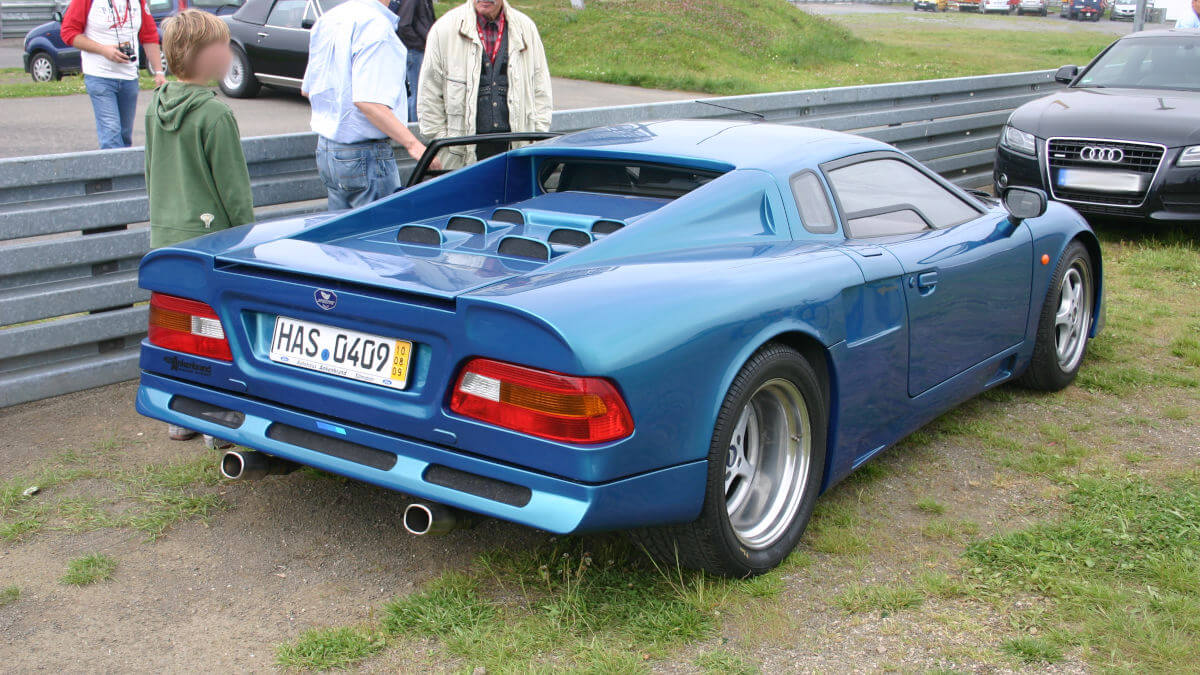

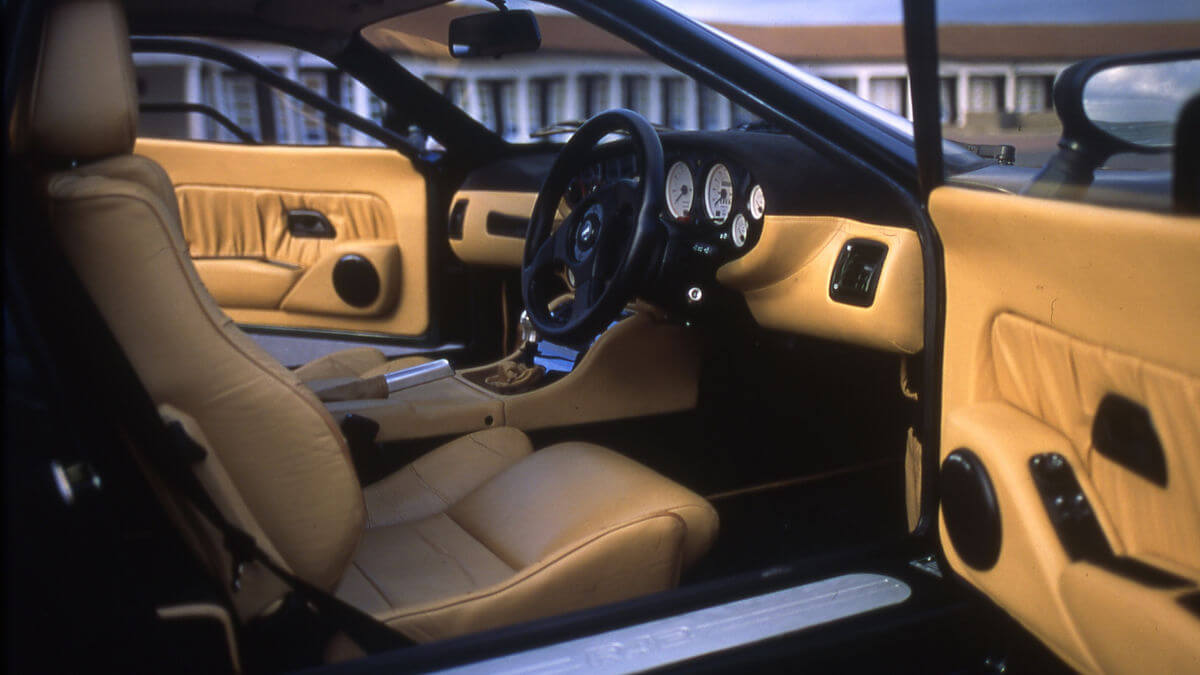





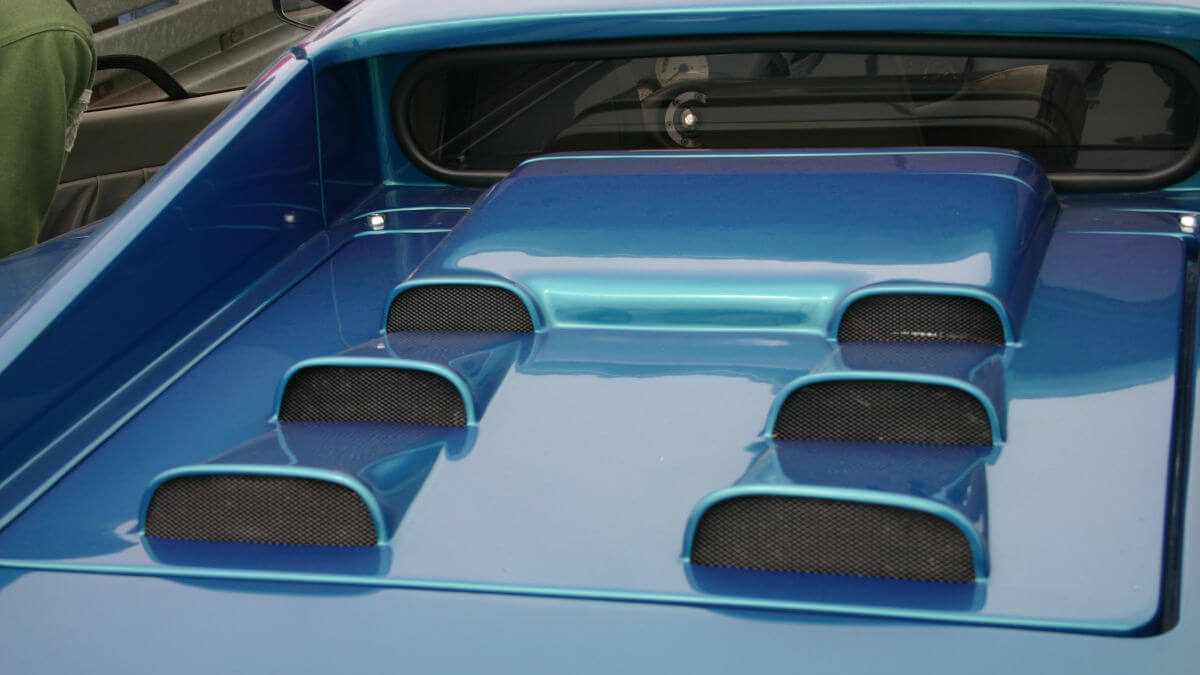

Qualitative deficiencies
This new company was headed by GT Development’s former sales manager, Anders Hildebrand. He initially hired Ray Christopher as project manager for the R42. However, development was already well underway, so there wasn’t much left for him to do. Christopher left the company. At the same time, Anders Hildebrand reorganized production and hired Derek Bell as chairman. Despite the reorganization, the small company needed an incredible 2,000 working hours per vehicle. In combination with the high-quality equipment including leather upholstery, this resulted in a relatively high sales price of £ 70,000. However, the bodies made of fiberglass couldn’t meet the quality demands of the clientele. Likewise, some prospective buyers disliked the components purchased from other automakers. Door handles and front lights came from the Toyota MR-2, the taillights from the Honda Legend and interior parts from the Ford Fiesta.
End of production after 23 units
Thanks to its aluminium-steel chassis and fiberglass body, the Spectre R42 weighed in at 1,550 kilograms. Behind the two passengers sat a 4.6-liter V8 engine from Ford with 261 kW/355 hp and 430 Nm of torque. In combination with a five-speed manual transmission from Getrag, acceleration from a standstill to 60 mph was achieved in 4.5 seconds, and a topspeed of 175 mph was possible. Adjustable dampers and stabilizers were used on the chassis. Only 23 units of the Spectre R42 were built. In 1996, the R42 GTR racing version, which had been projected from the outset, made its debut but never found its way onto the race track. The successor model, the R45, was also only presented as a prototype at the London Motor Show in 1997. In the following year, Spectre Supersports Ltd. ceased its business activities. The R42 made it into the feature film “RPM” and the computer game Need for Speed III.
Images: Spectre Supersports Ltd., Matthias Kierse



